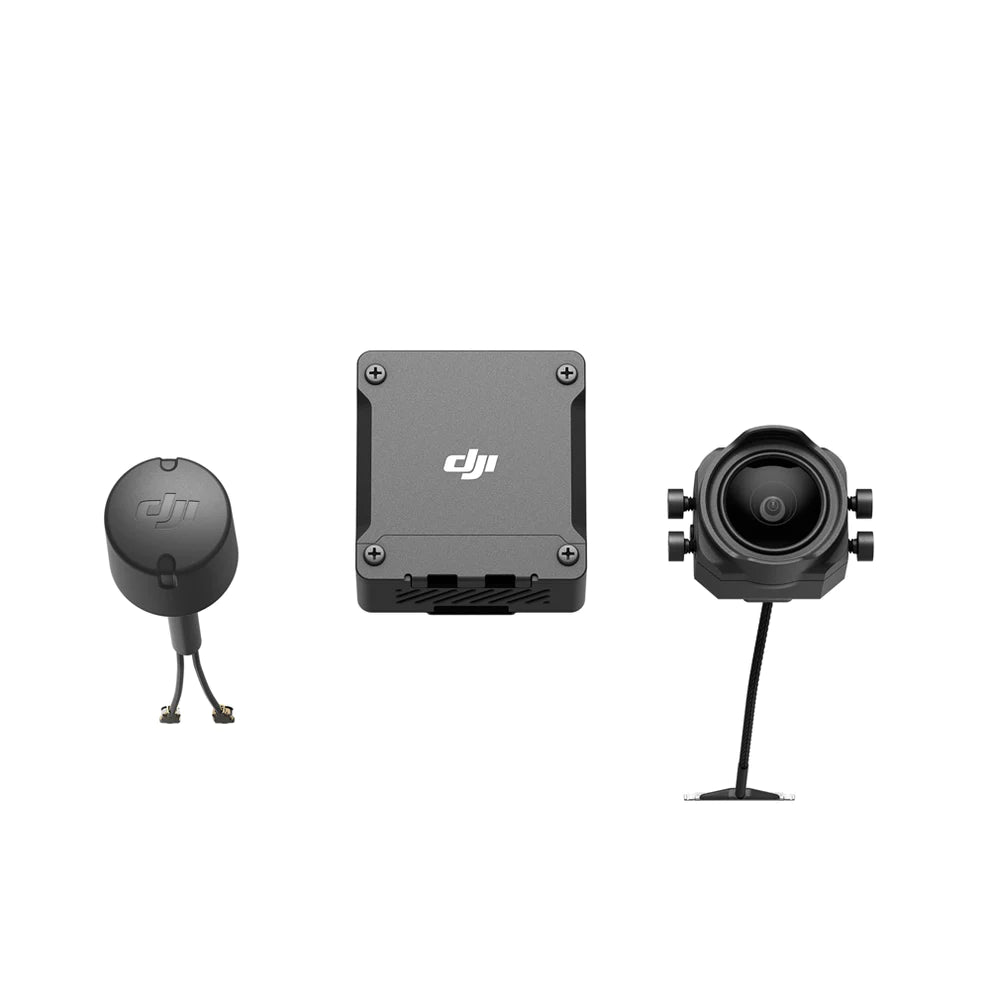
A Guide to Choosing the Right FPV Camera in 2024
Navigating the Skies: A Guide to Choosing the Right FPV Camera in 2024
Introduction: As we soar into 2024, the world of FPV (First Person View) continues to evolve, offering enthusiasts an array of choices for FPV cameras. Whether you're a seasoned pilot or a newcomer to the FPV community, selecting the right camera is crucial for an immersive and exhilarating flying experience. In this guide, we'll explore the key considerations and the latest trends to help you make an informed decision on choosing an FPV camera.

Understanding FPV Camera Concepts: Before delving into the selection process, let's establish a basic understanding of FPV camera concepts. FPV cameras are essential components in real-time video transmission systems, commonly mounted on drones, racing cars, and other remote-controlled devices. They provide a live video feed to the operator, allowing for intuitive control of the vehicle through the transmitted video signal.
Categories of FPV Cameras:
- Analog Cameras: Traditional FPV systems often use analog cameras, which output analog video signals.
- Digital Cameras: With the rise of digital technology, digital FPV cameras offer higher image quality and improved resistance to interference.
- Nano Cameras: Extremely compact cameras designed for lightweight drones and applications with limited space.
- HD Cameras: Providing high-definition imagery for users seeking sharper visuals.
Key Parameters for Consideration:
- Resolution: Measured in TVL (Television Lines) or pixels, resolution determines image clarity.
- Field of View (FOV): The camera's capture angle, measured in degrees.
- Voltage Input Range: The range of voltages the camera can operate within.
- Weight: Especially important for small drones, where weight impacts flight performance.
- WDR (Wide Dynamic Range): Enhances image quality in varying lighting conditions.
- OSD (On-Screen Display): Allows users to overlay flight data on the video feed.
- Stabilization: Some cameras offer image stabilization for improved video stability.
Choosing the Right FPV Camera:
- Consider the Application: Choose between analog and digital based on your application and preference for image quality.
- Voltage Compatibility: Ensure the camera's voltage range matches your drone's power source.
- Weight Impact: For smaller drones, prioritize lightweight camera options.
- WDR Functionality: If flying in diverse lighting conditions, opt for a camera with WDR.
- Brand Reputation: Stick to reputable brands for reliability and robust technical support.
Leading Brands and Hot Products:
- CADDXFPV: Nebula Pro, Ant Analog, Polar Starlight series.
- RunCam: Racer, Phoenix, Split series.
- Foxeer: Predator, Monster, Falcor series.
- DJI: Air Unit Camera, FPV Camera, and more.
Accessories and Peripherals:
- Video Transmitters and Receivers: Transmit camera signals to controllers or ground stations.
- FPV Monitors and Goggles: Receive and display real-time video signals.
- OSD Modules: Add display systems to showcase critical flight data.
- Antennas: Enhance video signal reception.
- Power Adapters and Cables: Supply power to cameras and other devices.
Conclusion: In 2024, the FPV landscape is richer than ever, offering a diverse range of cameras to suit various needs. By considering the parameters mentioned and staying informed about the latest innovations, you can make an informed choice to enhance your FPV experience. So, strap in and get ready to explore the skies with your ideal FPV camera!